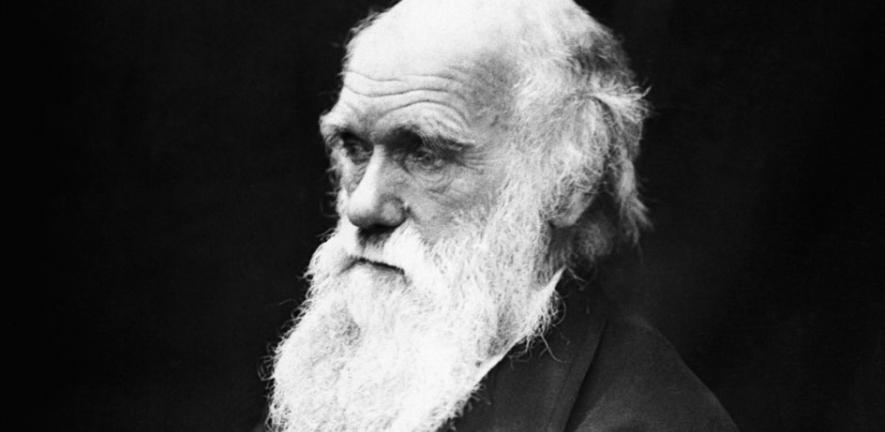
"The scheme is a most magnificent one. We spend about two years in South America, the rest of time larking round the world,"; said a young Charles Darwin in a letter to a friend, written as he waited to board the Beagle.
"The scheme is a most magnificent one. We spend about two years in South America, the rest of time larking round the world,"; said a young Charles Darwin in a letter to a friend, written as he waited to board the Beagle.
"Darwin's letters are an amazing insight into what he was like as a person. They allow us to listen in to conversations he held throughout his life with friends, family, scientific colleagues and members of the public - from the typical young graduate, excited by the sudden chance to travel round the world, to the successful scientist pushing the boundaries of understanding."
"The scheme is a most magnificent one. We spend about two years in South America, the rest of time larking round the world,"; said a young Charles Darwin in a letter to a friend, written as he waited to board the Beagle.
The letter is just one of 5000 written by and to the famous evolutionary theorist up to the year 1865 that can now be accessed online in full thanks to a University of Cambridge project.
The Darwin Correspondence Project, based at Cambridge University Library, includes all the surviving letters from the Beagle voyage - online for the first time - and all the letters from the years around the publication of On the Origin of Species in 1859. It also includes summaries of a further 9,000 letters.
In a famous letter, available in full on the site, Darwin wrote to his friend the eminent scientist Joseph Dalton Hooker that admitting to doubts about the immutability of species felt "like confessing a murder".
In an earlier letter written in 1822, 12-year-old Darwin affectionately admitted to his sister Caroline: "I only wash my feet once a month at school, which I confess is nasty, but I cannot help it, for we have nothing to do it with."
Darwin exchanged letters with nearly 2000 people during his lifetime, giving a valuable insight into his opinions and developments in his thinking. These people range from well known naturalists, thinkers, and public figures like Hooker, to men and women who would be unknown today were it not for their correspondence with Darwin.
The database includes letters to geologist Charles Lyell, the botanist Asa Gray, the zoologist Thomas Henry Huxley and the naturalist Alfred Russel Wallace . There is even a brief account of a meeting with the novelist George Eliot, whose books Darwin and his family enjoyed reading.
Dr Alison Pearn, Assistant Director of the Darwin Correspondence Project said, "Letters form by far the largest single category in Darwin's scientific papers - he used an elaborate network of correspondents as a way of gathering crucial evidence - evidence without which he could not have arrived at his conclusions or written his books."
"Darwin's letters are an amazing insight into what he was like as a person. They allow us to listen in to conversations he held throughout his life with friends, family, scientific colleagues and members of the public - from the typical young graduate, excited by the sudden chance to travel round the world, to the successful scientist pushing the boundaries of understanding."
The site also features a range of original documents, essays, interviews, and even play scripts, podcasts, and cartoons to complement the many hundreds of Darwin's letters that touch on religion. Previously unpublished letters on the subject have also been selected for inclusion.
The Darwin Correspondence Project has so far researched and published 15 volumes of a 30 volume complete edition of Darwin's letters (The correspondence of Charles Darwin, F. H. Burkhardt et al. eds. Cambridge University Press 1985-).
The new online resources are complementary to the recently launched Darwin Online, a separate University of Cambridge project to digitise the complete works of Darwin.
The letters exist as around 80,000 separate manuscript pages written in several hundred different hands, so straightforward digitisation was not the answer to making them truly intelligible on the web, and the editors have provided not just searchable transcripts but notes that help explain what Darwin and his contemporaries were writing about.
This work is licensed under a Creative Commons Licence. If you use this content on your site please link back to this page.

